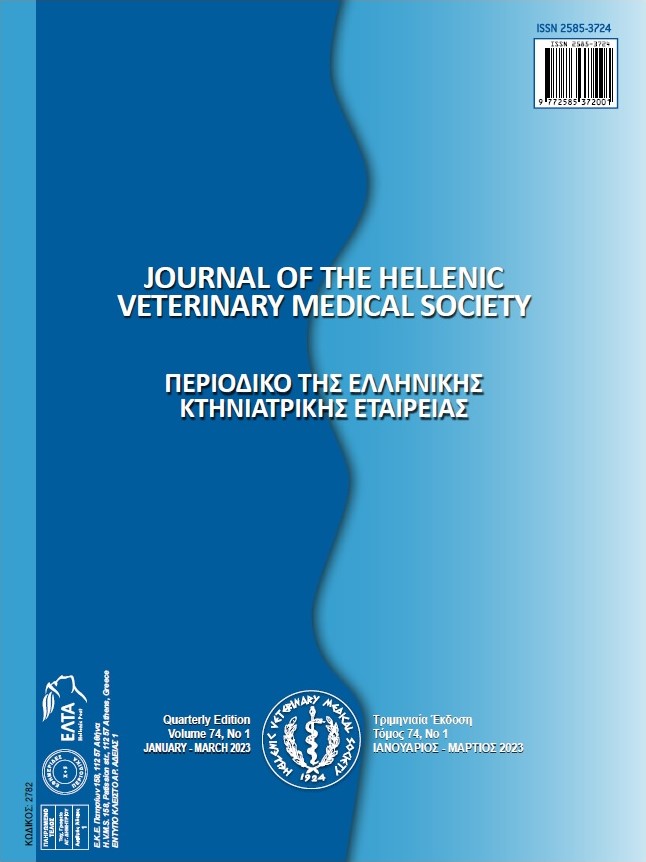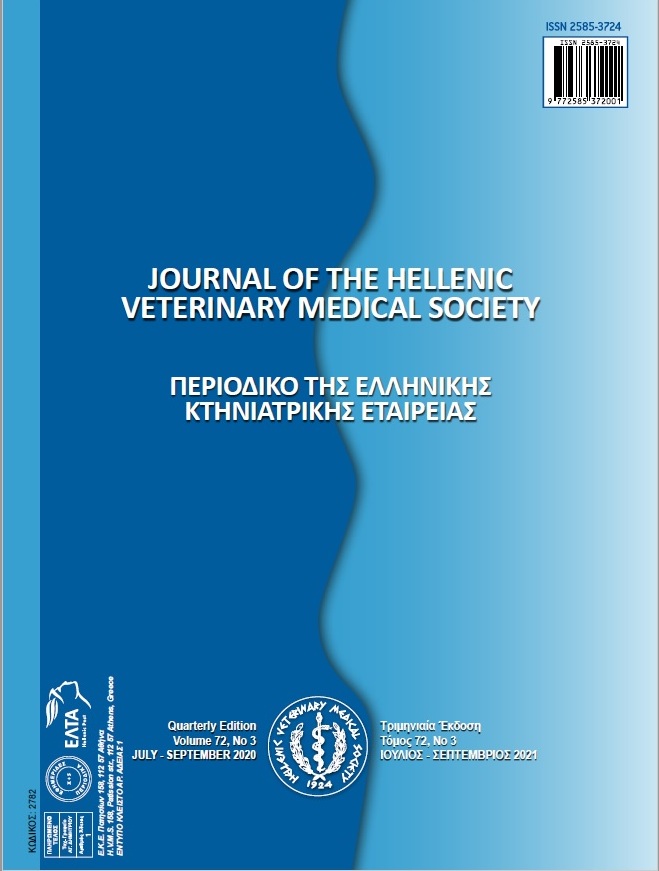Local Cheese: Factors Affecting Consumption and PLS-Path Modelling Study

Abstract
This paper proposes a model for investigating the current preferences of local cheese consumers in terms of the extrinsic and intrinsic quality attributes associated with the local cheese consumption awareness and the willingness to pay for local cheese in the Republic of Serbia. Local cheese extrinsic quality attributes such as adequate price, country of origin, geographical indication, and attractiveness of the label, have shown the strongest direct influence on the willingness to pay for local cheese. Strong influence is also manifested in the perceived extrinsic quality attributes of local cheese on the consumers‘ awareness of local cheese consumption. The intrinsic quality attributes of local cheese have a positive impact on the local cheese consumption awareness, but not on the willingness to pay more for local cheese, which shows that the intrinsic qualities of local cheeses should be further promoted in order to enhance the willingness to pay more for the local cheese in a specific location. The local cheese consumption awareness has manifested a direct positive relation with the willingness to pay for local cheese therefore the increased awareness of the importance of the consumption of local cheese can be reflected in stronger buying intentions. These insights can offer opportunities for strategic actions of local cheese market stakeholders regarding the local cheese promotion and consumption.
Article Details
- How to Cite
-
Tankosić, J., Ignjatijević, S., Ivaniš, M., Mihajlović, M., Avakumović, J., & Puvača, N. (2024). Local Cheese: Factors Affecting Consumption and PLS-Path Modelling Study. Journal of the Hellenic Veterinary Medical Society, 75(1), 6815–6822. https://doi.org/10.12681/jhvms.32350
- Issue
- Vol. 75 No. 1 (2024)
- Section
- Research Articles

This work is licensed under a Creative Commons Attribution-NonCommercial 4.0 International License.
Authors who publish with this journal agree to the following terms:
· Authors retain copyright and grant the journal right of first publication with the work simultaneously licensed under a Creative Commons Attribution Non-Commercial License that allows others to share the work with an acknowledgement of the work's authorship and initial publication in this journal.
· Authors are able to enter into separate, additional contractual arrangements for the non-exclusive distribution of the journal's published version of the work (e.g. post it to an institutional repository or publish it in a book), with an acknowledgement of its initial publication in this journal.
· Authors are permitted and encouraged to post their work online (preferably in institutional repositories or on their website) prior to and during the submission process, as it can lead to productive exchanges, as well as earlier and greater citation of published work.







